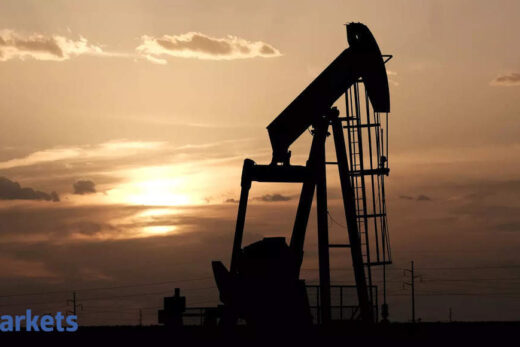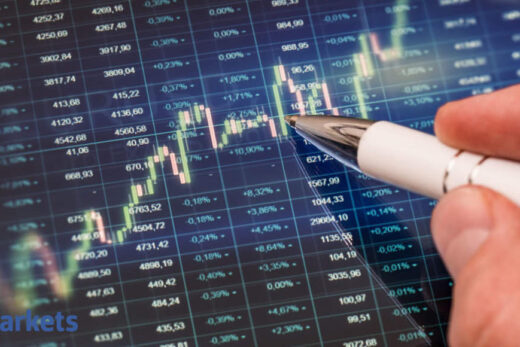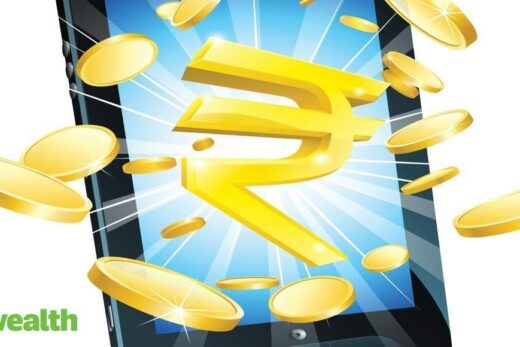The growth was aided by a strong base effect from the year ago, when the economy contracted 7.4%, the Covid vaccine ramp-up, faster government spending and improved consumption, economists said.
The recovery, they cautioned, is fragile and high global commodity prices, especially oil and domestic coal shortages, could act as a drag. Also, the recovery was not uniform but K-shaped, they said–some sectors grew fast while others contracted.
The country’s gross domestic product (GDP) expanded 20.1% in the first quarter, magnified by the base effect of nearly 25% contraction a year ago. In all nine economists were polled.
Income Uncertainty Flagged
Official numbers for the quarter will be released at the month-end.
“We are tracking GDP for the July-September quarter at 9.9% on the back of a strong rebound in consumption activity post the Delta wave, with strong export performance and manufacturing activity contributing to the growth revival,” said Rahul Bajoria, chief India economist, Barclays.

The Reserve Bank of India (RBI) Economic Activity Index suggested that real GDP grew 9.6% in the July-September period. The economy gradually opened in the quarter as the severe second wave of the pandemic abated. High-frequency indicators such as industrial production, vehicle sales, exports, port cargo traffic, rail freight traffic, and goods and service tax (GST) e-way bills all pointed toward growth in the second quarter, economists said.
“The economic recovery widened in the second quarter as the crisis wrought by the second wave of Covid-19 abated, with a larger number of sectors bettering their pre-Covid performance, relative to the position in Q1,” said ICRA chief economist Aditi Nayar, adding that the revival was a multi-speed one, with a considerable variation in the pace of growth across sectors.
ICRA expects the economy to have grown 7.7% in the last quarter. “Moreover, there is growing evidence of a K-shaped recovery,” she said.
However, experts warned about lingering income uncertainty being faced by households that are dependent on the less formal and contact-intensive parts of the economy.
“The formal sector has done well while the informal sector has shrunk and is yet to recover. Also, inflationary pressures are impacting consumers’ purchasing power,” said an economist with a bank.
Rising freight costs, container and semi-conductor shortages, too, are expected to adversely impact growth. “The economy is recovering and demand picking up but the flip side is that the fault lines are becoming clearer. A small rise in demand led to high freight costs and an increase in global commodity and oil prices,” said Sunil Kumar Sinha, principal economist, India Ratings and Research, adding that the agriculture sector is not under stress though household sentiment needs to be gauged. Sinha expects the economy to have grown 8.26% in the second quarter but didn’t rule out a higher growth of 10%.



